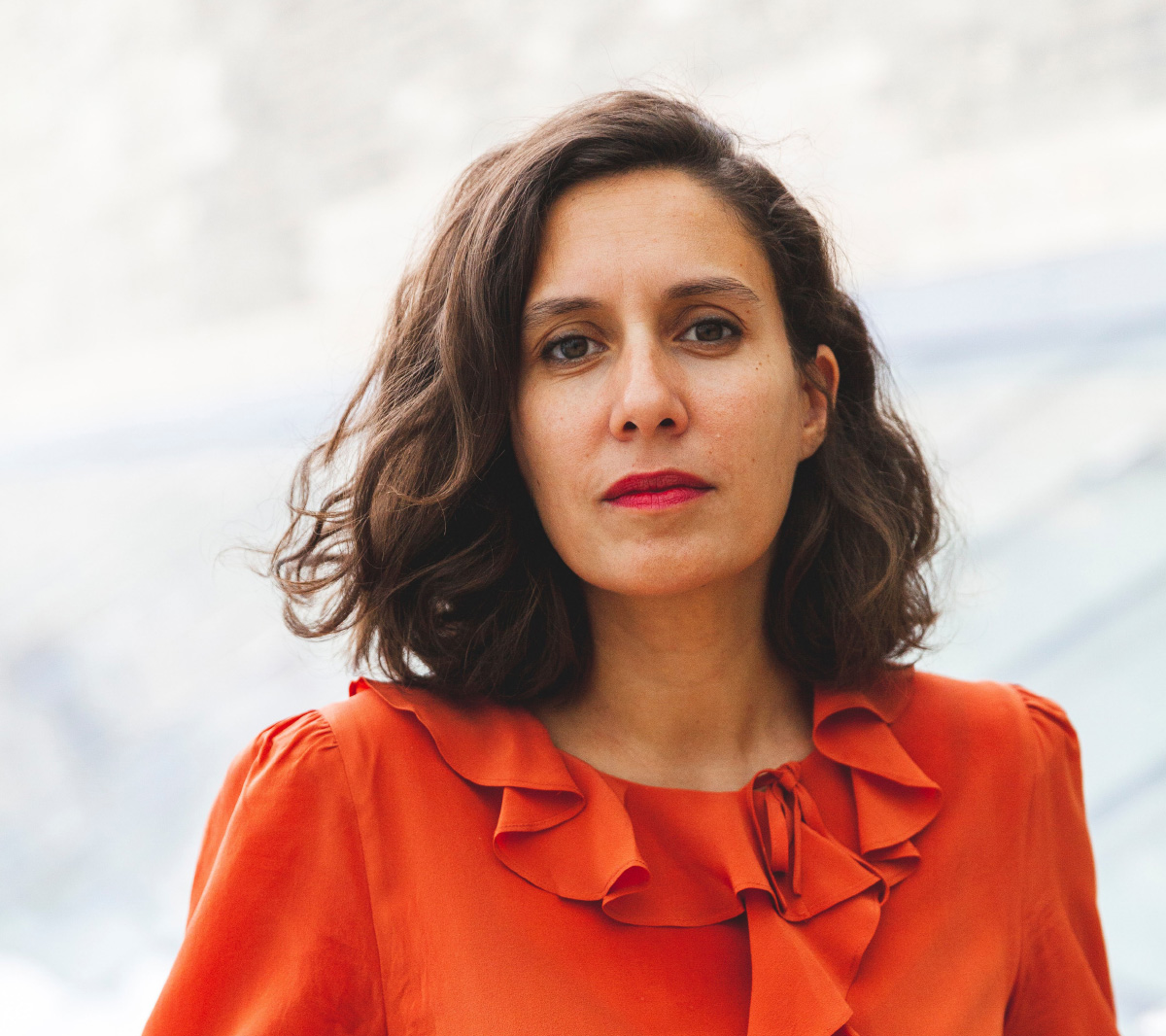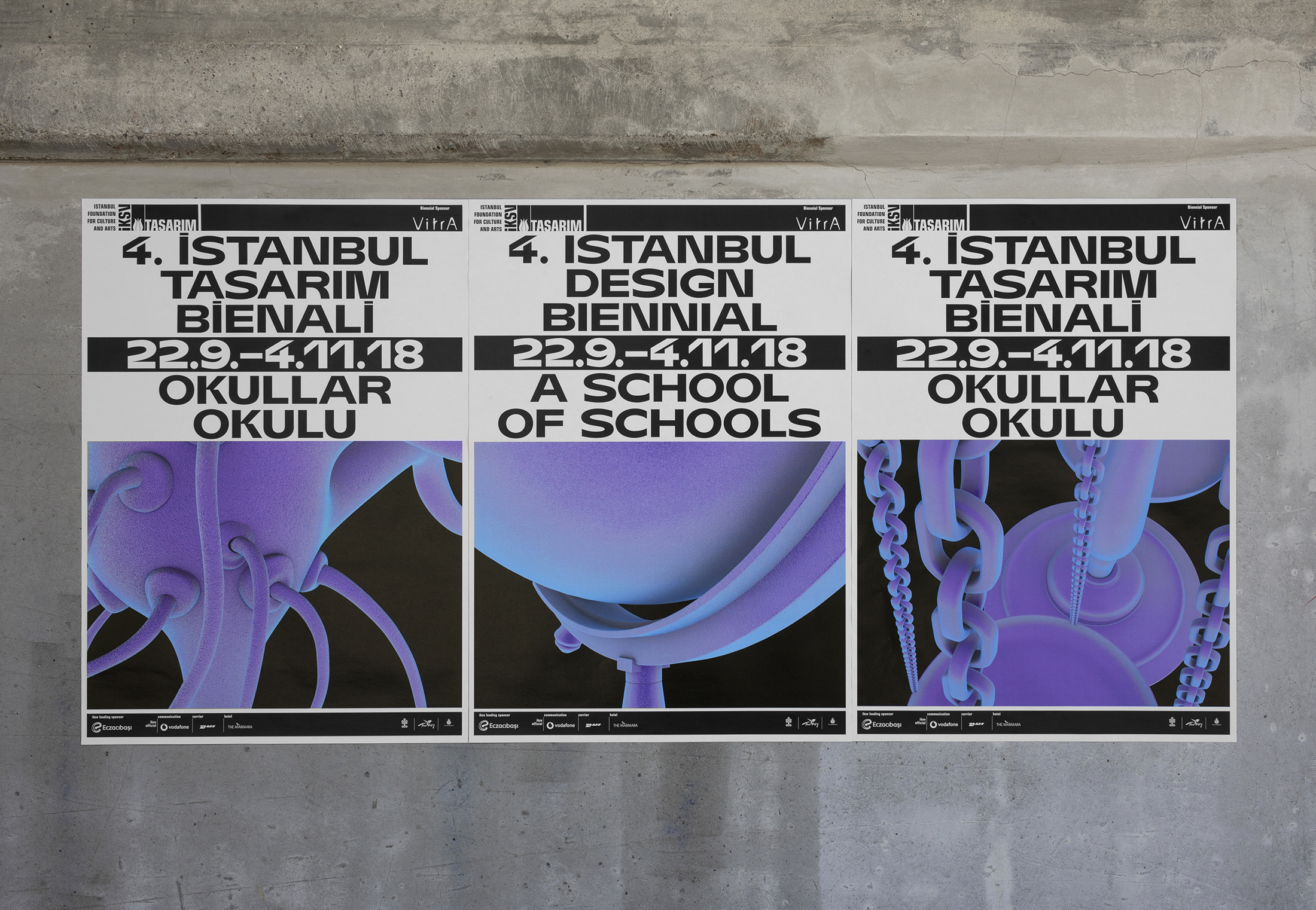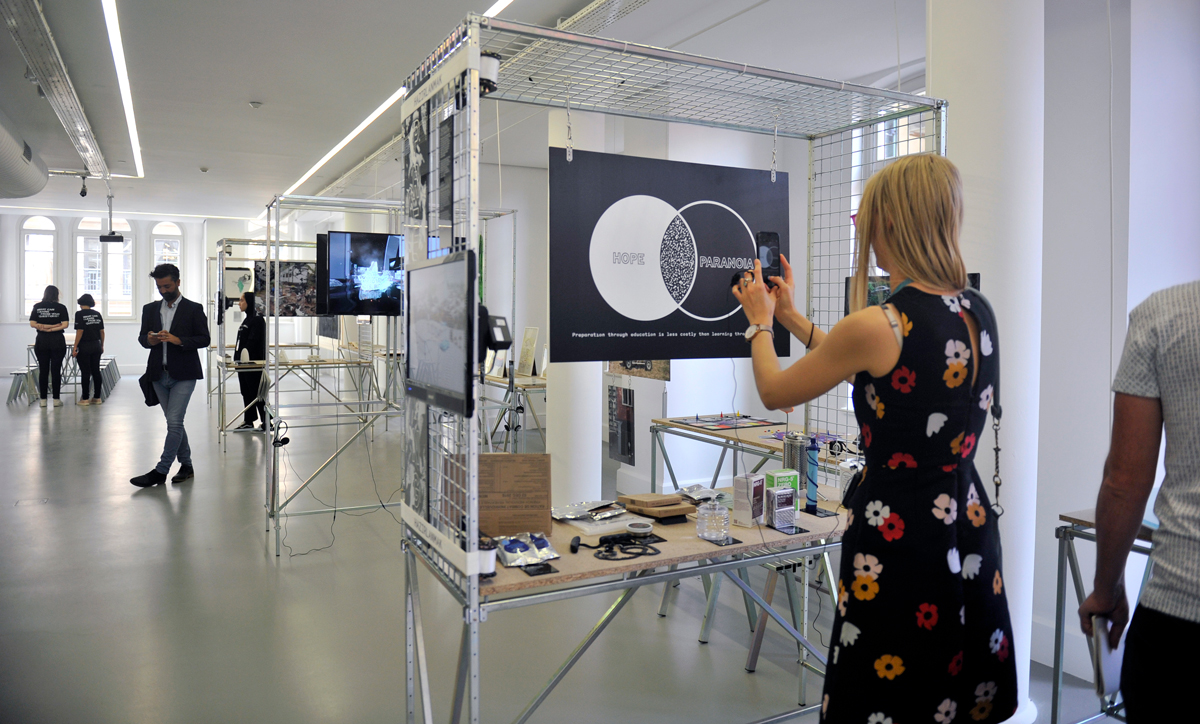The 4th Istanbul Design Biennial started this week, welcoming visitors to exhibits organized around the theme A School of Schools. Pieces are divided among thematic “schools,” the names of which—Unmaking, Earth, Currents, Scale, Time, and Digestion—anchor the projects while slightly defamiliarizing what is commonplace. This becomes especially clear when one thinks of alternatives: Earth School could have been “World School,” or Currents School could have been “Networks School,” but the chosen names allow the visitors to see familiar concepts in a different light.
The Currents School brings together a number of projects that are based on different definitions of currents: currency, voltage, sea currents, information, and migrations. For example, Stitching Worlds, an art-based research project led by Ebru Kurbak shows the ways in which textile crafts like crochet, embroidery, and knitting can inform the electronics industry. Another work by Kurbak, Lonely Planet hacks the travel guide’s book on Syria with first-person interviews with people who fled Syria. Fugu School by åbäke traces the fugu fish to the Bosphorus while uncovering histories and intersecting fields of knowledge. Open Sesame by CMP office underscores an alternative network to Alibaba by bringing together research on the migration of Aleppo soap factories, leather craftsmen producing replicas of luxury brands, and street vendors. What unfolds through these projects is an expanded “philology” of networks and world wide webs. One realizes that there can be alternative networks and that different internets can be constructed.
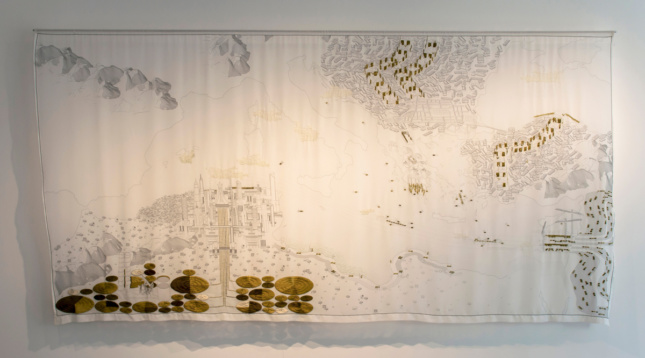
In the Earth School, what could have been a generic “world” becomes very specific, geological, and material in projects that address earthquakes, survival, and the harnessing of new materials. As one moves through the school’s different galleries, one can imagine Istanbul in the aftermath of an earthquake with Hope on Water from the Istanbul-based team SO? that proposes a temporary floating city on the Bosphorus. SulSolSal’s Staying Alive is part a “wunderkammer,” and part a survival guide for natural and social disasters. On the uppermost floor, one finds alternative futures with Atelier Luma’s Blooming Algae, a project that explores the potential of algae biopolymers as a material for everyday objects designed in collaboration with designers in Cairo, Arles, and Istanbul. Meriem Chabani and Maya Nemeta of New South reimagine the Mediterranean with If Algae Mattered, a fictional map where Algeria becomes a new geopolitical center as the balance of power shifts from North to South with algae becoming a main resource.
In the Unmaking School, we see the relationship between humankind and technology, and unmaking becomes a condition of both making and learning. Post-laboratory by Ottonie von Roeder involves a series of robots that are designed after workers. The teamaker robot is designed for the Istanbul Biennial in conversation with three teamakers in the city, who then reflect on their labor and what they would do if robots could complete their tasks. WaterSchool by Studio Makkink and Bey is a speculation on a primary school based on water as a material and theme, bringing together a wide array of projects as part of its curriculum.
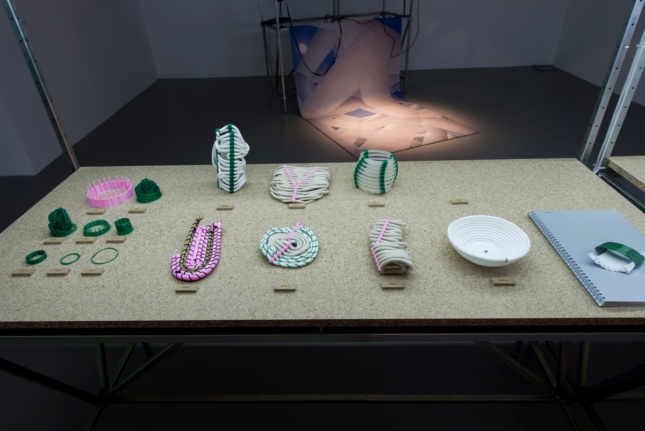
Refreshingly, the works in the biennial display a mixture of techniques, processes, modes of production, and temporalities, including digital and analog methods. Ana Peñalba’s Istanbul Techno-Tourist is a series of hand-made drawings based on the images of Istanbul’s iconic architecture found in social media. Emelie Röndahl’s Google Weaving Stop-Time includes 20 hand-woven carpets that are based on images found in Google searches. Although the same words enter the search engine, the results vary because of the different algorithms that Google uses in different places. The carpets tie the images to specific places and slow down the time in which they are consumed. If Peñalba’s and Röndahl’s works incorporate the digital ecology of images to their modes of production, there are also works that question the role of the designer in this new environment. For example, Crossing Parallels explores the possibilities of orchestrating a basket weaving technique and 3-D printing by closely working with an artisan and a craftsperson.
Throughout the exhibitions, every project is presented as a process rather than a finished product, accompanied by a strong narrative component in audio, video, or text. The emphasis on the project as process makes the biennial difficult to photograph, which comes as a relief in the age of Instagram. In line with the emphasis on process, several projects are results of collaboration and fieldwork.
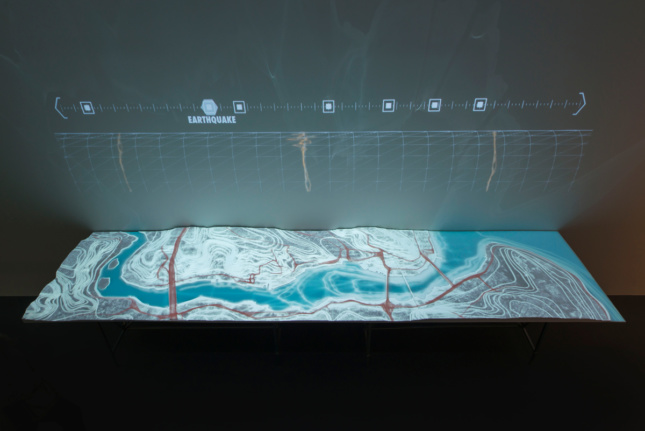
There is a strong ethos of thinking about labor and work throughout the works in the Biennial. Boelen calls this a “new way of empathy and of sharing knowledge.” The biennial’s press conference ended with a performance by Vivien Tauchmann titled Textiles. Members of the press were invited to join in a performance which at first seemed like a stretching exercise but the gestures were those specific to menial tasks in the textile industry. It is useful to compare the performance to an earlier one like Diller Scofidio’s Bad Press (1993), where the labor-intensive task of ironing is employed to produce shirts in states that are not stackable or utilizable. If in the earlier work, discipline was the keyword, in Tauchmann’s design-as-performance, embodiment and empathy are keywords. Presenting Tauchmann’s work as part of the press conference also suggests that criticism or response to the works in the biennial requires empathy as well. Indeed, it is through empathy we can start discussing education anew.
The biennial presents one of the best ways of learning by design: seeing links between things that were not necessarily obvious and rethinking current notions that make up the contemporary world. If there is a pedagogy of curation, this could be it. As Boelen explains, curation is about translating a project and sharing it with the public. This is not a school and visitors to the exhibition are not students, but what we see is curating as a pedagogical effort.
When I asked Boelen what is missing in this “school of schools,” his answer was “I hope a lot” in the sense that this school, and, in a way, every school is an open work. Instead of a comprehensive disciplinary curriculum, the “school of schools” is project-based, unfinished and always under construction. He hopes the biennial will inspire other people to think of other schools and to add to the “school of schools.”








